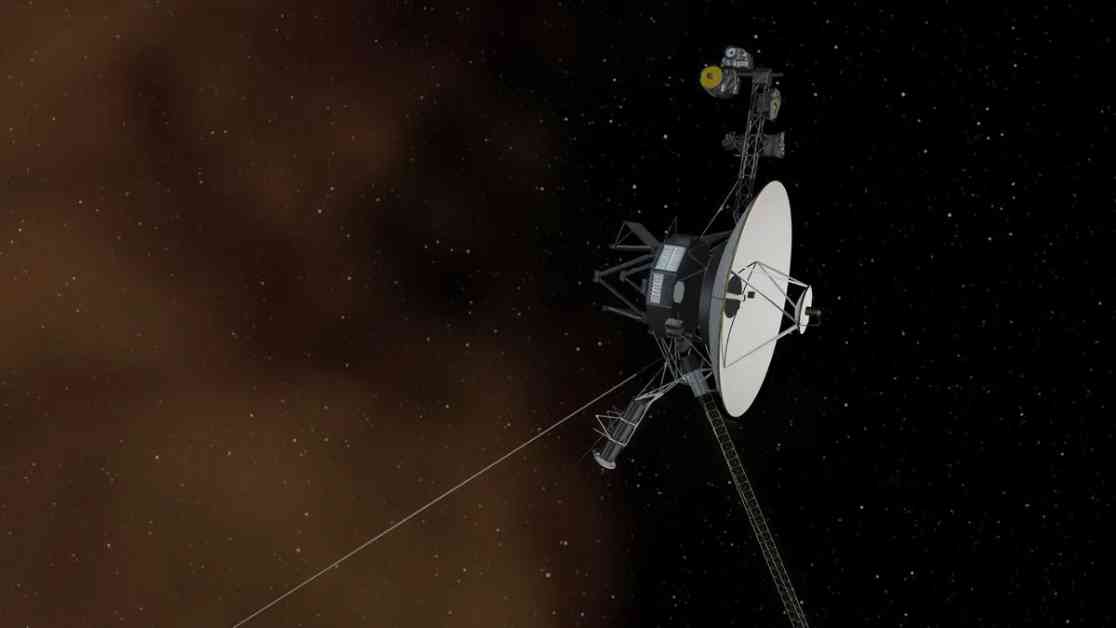NASA recently made the decision to turn off one of Voyager 2’s science instruments due to a loss of power on the spacecraft as it continues its journey into interstellar space. Launched in 1977, Voyager 2 left the solar system in 2018 and is currently over 12 billion miles away from Earth. The spacecraft is equipped with four science instruments to study space beyond the sun’s influence, known as the heliosphere.
The decision to deactivate one of the instruments was made in order to conserve power and extend the spacecraft’s operational life. The plasma science instrument, which collected data on charged particles in space, was the latest to be turned off. Despite the importance of this instrument in detecting the boundary between the heliosphere and interstellar space, engineers determined that its limited data collection in recent years made it a suitable candidate for shutdown.
Voyager 2’s power supply is powered by decaying plutonium, and the spacecraft loses around 4 watts of power each year. In order to prolong the mission, several instruments have been deactivated over the years, including those that were no longer essential for the spacecraft’s objectives. By carefully managing the remaining power resources, NASA engineers are ensuring that Voyager 2 can continue to operate and transmit valuable scientific data for as long as possible from its current location beyond the solar system.
Both Voyager 1 and Voyager 2 have been instrumental in expanding our understanding of space and the outer reaches of our solar system. As the only active probes in interstellar space, the data they collect is unique and valuable to scientists here on Earth. Despite the challenges of managing power and resources over such vast distances, the Voyager missions continue to provide important insights into the mysteries of the universe.
In the coming years, NASA will continue to monitor Voyager 2’s power levels and make decisions about when to deactivate additional instruments to maximize the spacecraft’s longevity. As the mission enters this “final frontier” of space exploration, researchers are eagerly anticipating the data that Voyager 2 will continue to send back to Earth. The legacy of the Voyager missions remains a testament to human ingenuity and the enduring spirit of exploration.
As we look to the stars and beyond, the Voyager spacecraft serve as a reminder of our curiosity and our desire to push the boundaries of what is possible in the vast unknown of outer space. The data collected by these pioneering probes will continue to shape our understanding of the universe for generations to come.










